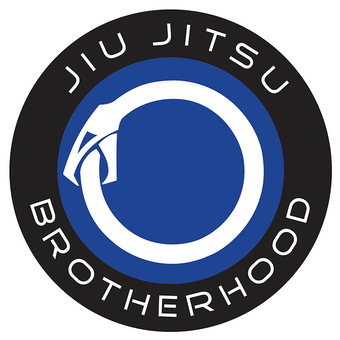This article was written by osteopath, black belt, and owner of Centre Line BJJ, Miad Najafi.
Gripping is a fundamental aspect of all grappling arts, be it Gi based arts like Judo, BJJ or Sambo or arts such as Submission Grappling, Freestyle and Greco-Roman wrestling. Constant grip breaking and fighting for dominant grips put enormous demands on the hands and forearms, both on the soft tissue structures and the boney elements.
Having said that, the use of the Gi/Kimono put strains on the hands and grips in a way that the NoGi arts do not. Grabbing strong fabrics that are often getting ripped away puts much more pressure on the fingers and knuckles, causing micro-trauma, which over time will lead to early degenerative changes in the knuckle joints. If you take a moment to look at the hands of any experienced Gi grappler, you will see boney knuckles, especially at the joints closest to the fingertips; these are clinically termed "Heberden's Nodes".
Continuous minor trauma causes boney outgrowths called "osteophytes", which give the boney knuckles their characteristic look, accompanied by a thickening of the joint capsule and a build-up of fluid within the joint itself. Below is a photograph (with the owner's permission) of the hands of my friend Rodrigo Cabral of Brazilian Fight Factory in Austin, Texas, which perfectly demonstrates some of the chronic changes that come from a long career of over-gripping but the issues are certainly not just cosmetic.

Over time, these joints will become restricted and stiff, making it difficult to close a tight fist effectively, but as we age further and more degeneration happens, our dexterity will also be compromised. Seeing an old person trying to do up a zip or button up a shirt, you will see that the ageing process can affect our ability to fulfil simple tasks, but if you have had significant trauma from years of Jiu-Jitsu or judo, that effect will be even more pronounced.
In short, over-gripping over a long Jiu-Jitsu career will lead to microtrauma, early degenerative changes and ultimately poor function in later years, and there is no simple answer to avoiding this reality; however, some basic awareness can at least reduce these chronic effects on the hands and minimise the negative long term consequences.
Self-massage, taping your fingers for hard sparring, a decent hand mobility exercise regimen, anti-inflammatory diets and supplements, but the best advice I could give you is to develop a game that is not so dependant on over-gripping. Work with gripping and re-gripping in a fluid way, and do not fight losing battles with your grips. This may be counter to everything that you have come to learn about Jiu-Jitsu, but there is no easy way around this occupational hazard.
Injuries and issues are the reality of training in grappling arts, but we can minimise some of these with some lifestyle changes and perhaps some adjustments to our grappling strategy.










1 comment
This is an amazing article about ours hands. Mine don’t look as bad as the image, but I always wondered what the buildup around the finger tips here. Thank you.